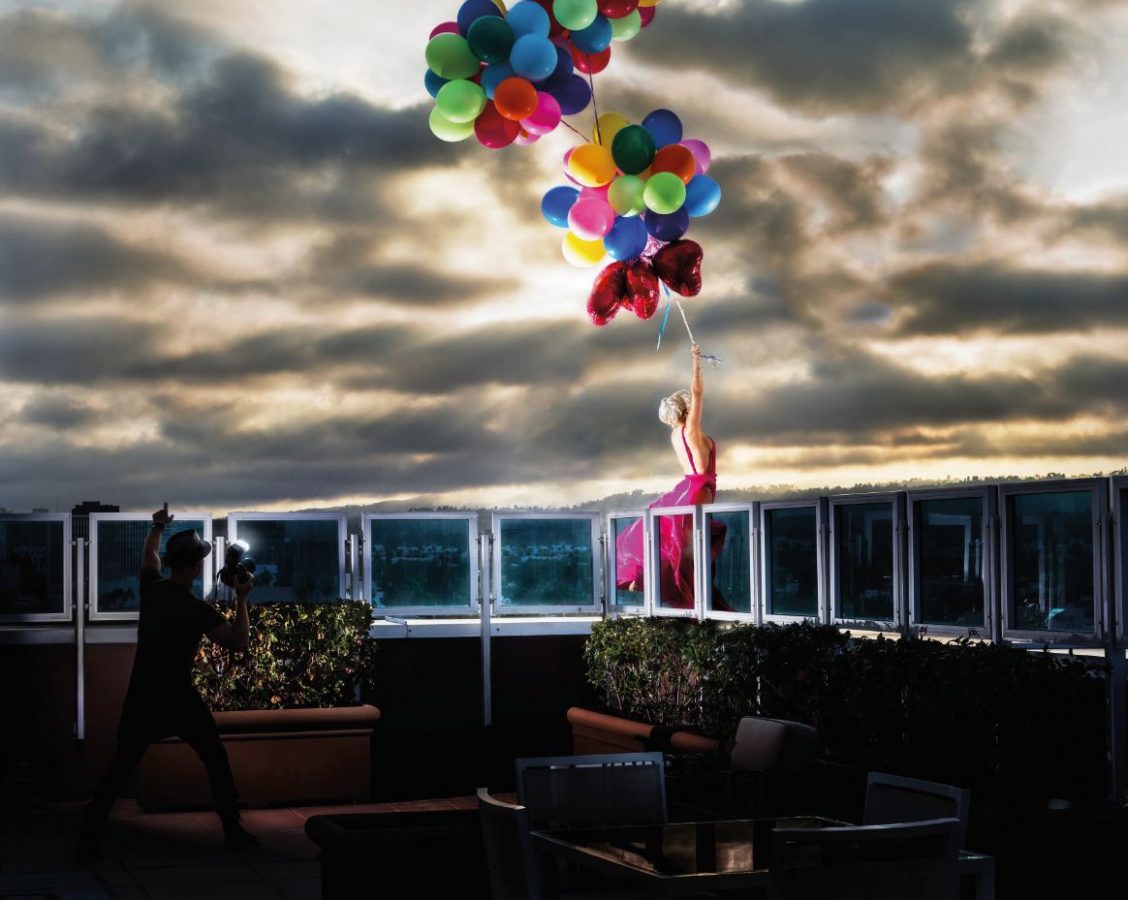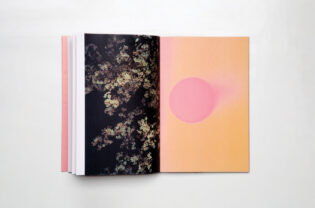David Drebin
I’m only alone in a crowd

In a world inundated with images, it takes a particular talent and stamina to come out on top. David Drebin has it in spades and he is, indeed, on top of the world.
His striking, glossy photographs sell in tens of thousands of dollars, international galleries vie for his work as do collectors, and right now, to use a tired but lovely phrase, the world is his oyster. In a chaotic, endlessly tittilating world, Drebin suspends time and movement, and in doing that, reveals a world of ephemeral beauty that only a moment can capture. If we only stopped to capture it…
Born in Toronto, David Drebin graduated from Parsons School of Design in New York in 1996, and to this day, that city hold him in its grip, both physically and creatively. It is not, however, the only place he calls home, for this is one peripatetic, restless, wanderer.
His photographs range from femmes fatales to stunning landscapes, vistas that take the breath away, all in hyper resolution, the detail delectable. He has published numerous books of his photographs, tabletop bijoux of the highest calibre.
He spoke with Dorota Kozinska from his New York studio.
Dorota Kozinska – How did your love affair with the camera, and the dizzying possibilities the medium offers, begin?
David Drebin – I had a good friend of mine, this girl that was a model, I was 20 years old in Vancouver, I was so intimidated and she said ‘photograph me’ and I was shaking, I was so nervous. And I took pictures of her and I felt like I stole her story with my camera, and it was magic! And I became obsessed, I have been obsessed for 25 years.
Unfortunately now, I spend way more time in the business than I do in the art. That’s it. The first 15 years making art and now I feel like I am constantly dealing with galleries and agents and publishers and I don’t have enough time anymore to make the art. I have other people, but nobody can manage my business better than me.
What can you do that others cannot do for you?
I’ve got vision, and I can see the end of the beginning. If a gallery contacts me and wants to show my work, I really do my research to see how interested they are, if they are reputable enough, and I do my due diligence if they’re good enough. It’s finding good partners. I love galleries, I love art, but most galleries are focused on what they can sell, and maybe not on what’s great.
Your pictures are beautiful, full of glamour and pizzazz, but I feel a certain loneliness underneath.
For sure. That’s what makes them special. It’s like this: the girl gets all dressed up, she goes on the red carpet, she poses for all the cameras and then she goes home and cries alone because no one knew who she really was. So my whole life, in my personal life, I introduce people to themselves, I understand them in a way that no one’s ever understood them before and that’s my power, my magic. So photography is just my way of dealing with the world.
You know the Faye Dunaway picture after she won the Oscar? By Terry O’Neill? That photograph inspired my work more than any photo I have seen ever!
How does it begin? You arrive in a city…
It just happens. I swear. None of it is planned, would you believe it. I go to Berlin tomorrow, I am going to my book launch; I bring my camera equipment with me. I might walk into a crazy place and say ‘hey, I want to take pictures here’, or I might call the receptionist at my hotel and say would you meet me here for photographs in one hour, she says “fine”, I say “bring some heels”, and “bam” we’re making pictures. It’s very spontaneous.
You started your career as a commercial artist, you must remember your first commission.
It’s one of my favourite images. Two guys in a green car. One black guy and one white guy. It was an ad for cigarettes in 1996. I was working as a waiter, making $150 a night, and I got this job through an agent, when no agent would take me on in New York. Except for this one. And I made $32,500 for one day. So I was very excited. But then I did not get a job like that for another five years.
When did it stop being commercial and became art?
I would say from 1997 until 2005 I had a very good commercial run. In 2005 I had my first mega-exhibition in Berlin, at Camera Work.
How much manipulation is done on the actual image?
It all depends on the image. Sometimes very little. Other times I piece it together, but I like to keep the idea of the camera as much as possible. It’s not so much about manipulation, it’s more of how much salt and pepper you put on the steak. I make the steak in the camera and come home to the studio, and that’s when I add the salt and pepper. My retouching is salt and pepper. It’s never the steak; that’s very good by the way…
What is your relationship to your photography? Are you dialoguing with your images, or with yourself?
It’s reaction to the world. I love the fact that I have my own recognizable style, that when you look at my work, whether you like it or not, you know it’s a David Drebin image, whether it’s a landscape, whether it’s a girl image, whether it’s a neon, or a light box, whether it’s a photo- sculpture or whether it’s an etching on glass.
My photographs are all about thrill seeking. Thrill seeking women, running to somewhere, running from somewhere, epic landscapes around the world… that’s what I love to do.
Newton was a rebel, obsessed with photography, very prolific; Avedon’s was action photography; Penn was about static photography. I’m an action photographer but I do static photography too.
Behind the camera, how lonely are you?
I never think that way. There are voices in my mind, it’s never lonely for me. I’m only lonely in a crowd. I spend the majority of the time by myself. I love being by myself with my own thoughts. I have a fantastic relationship with my imagination.
David Drebin
Galerie de Bellefeuille, Montréal
October 15 – October 25, 2016





